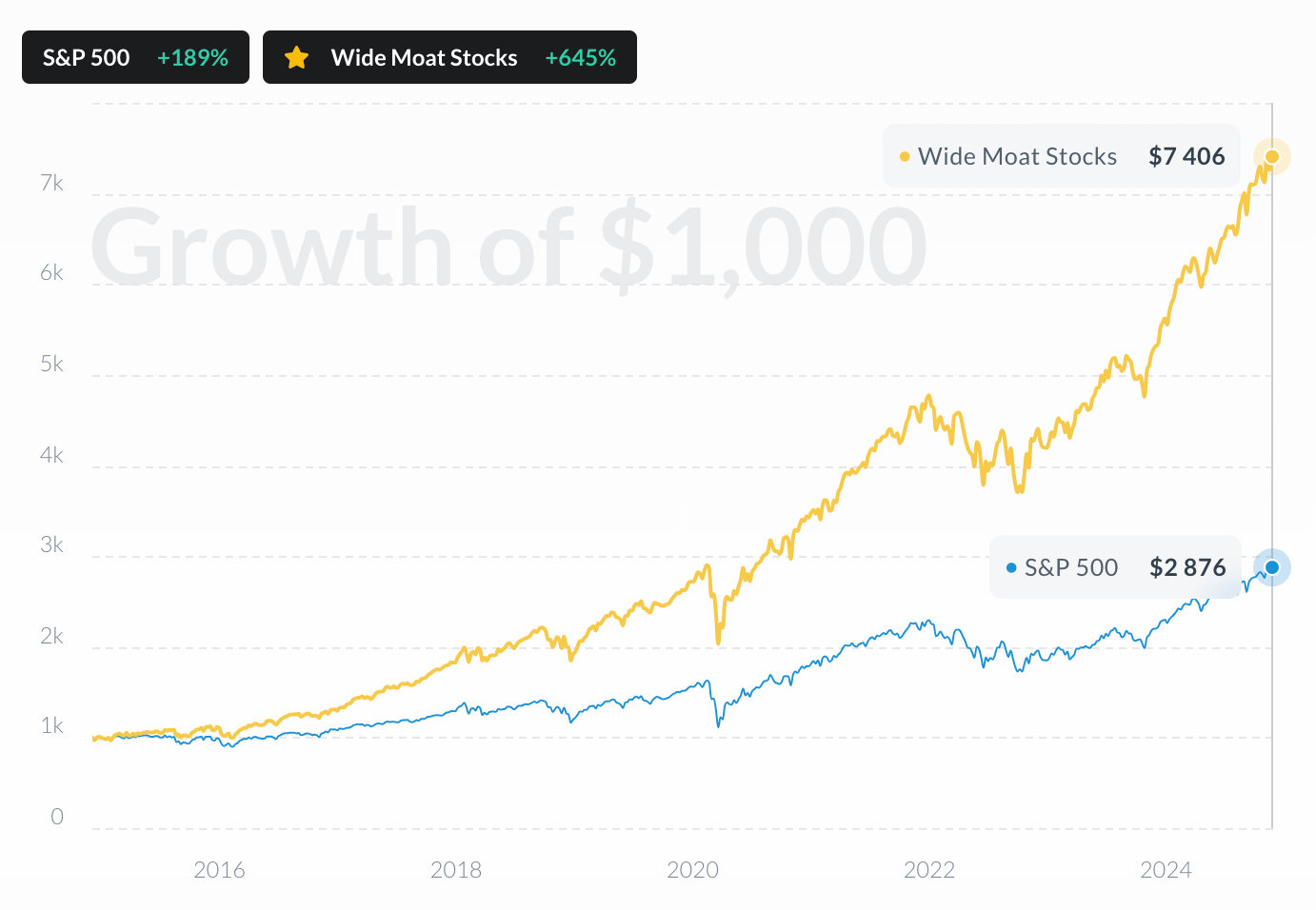 HLT
vs
HLT
vs
 S&P 500
S&P 500
 HLT
HLT
 S&P 500
S&P 500
Over the past 12 months, HLT has outperformed S&P 500, delivering a return of +17% compared to the S&P 500's +14% growth.
Stocks Performance
HLT vs S&P 500

Performance Gap
HLT vs S&P 500

Performance By Year
HLT vs S&P 500

Compare the stock's returns with its benchmark index and competitors. Gain insights into its relative performance over time.
Hilton Worldwide Holdings Inc
Glance View
Hilton Worldwide Holdings Inc.'s journey began over a century ago when Conrad Hilton purchased his first hotel. This modest beginning laid the foundation for a global empire that would redefine hospitality. Today, Hilton stands as a towering giant in the industry, embracing a franchise model that revolves around the management and franchising of a portfolio of 18 world-renowned brands. From the luxurious Waldorf Astoria to the more budget-friendly Hampton Inn, Hilton’s diversity in brand offerings caters to a wide spectrum of travelers, from the opulent to the cost-conscious. The company’s operations are marked by an asset-light strategy, focusing on fees from franchising and management, which cushions it from the capital-intense demands of property ownership. Hilton's financial dynamics are as compelling as its historical evolution. The company earns revenue primarily through three channels: base fees, incentive fees, and franchise fees. Base fees are charged on a percentage of the hotel’s gross revenue, ensuring that Hilton benefits from the turnover of each property. Incentive fees, meanwhile, are tied to the hotel’s profitability, aligning Hilton's interests with those of its hotel owners. Franchise fees provide a steady stream of income through royalties, driven by the expansive reach of the Hilton brand and its various sub-brands around the globe. This model not only drives profitability but also fuels an impressive expansion strategy. By leveraging its brand strength and operational expertise, Hilton continues to secure its position as a global leader in the hospitality sector, orchestrating memorable experiences for guests while satisfying the financial appetites of shareholders.


































